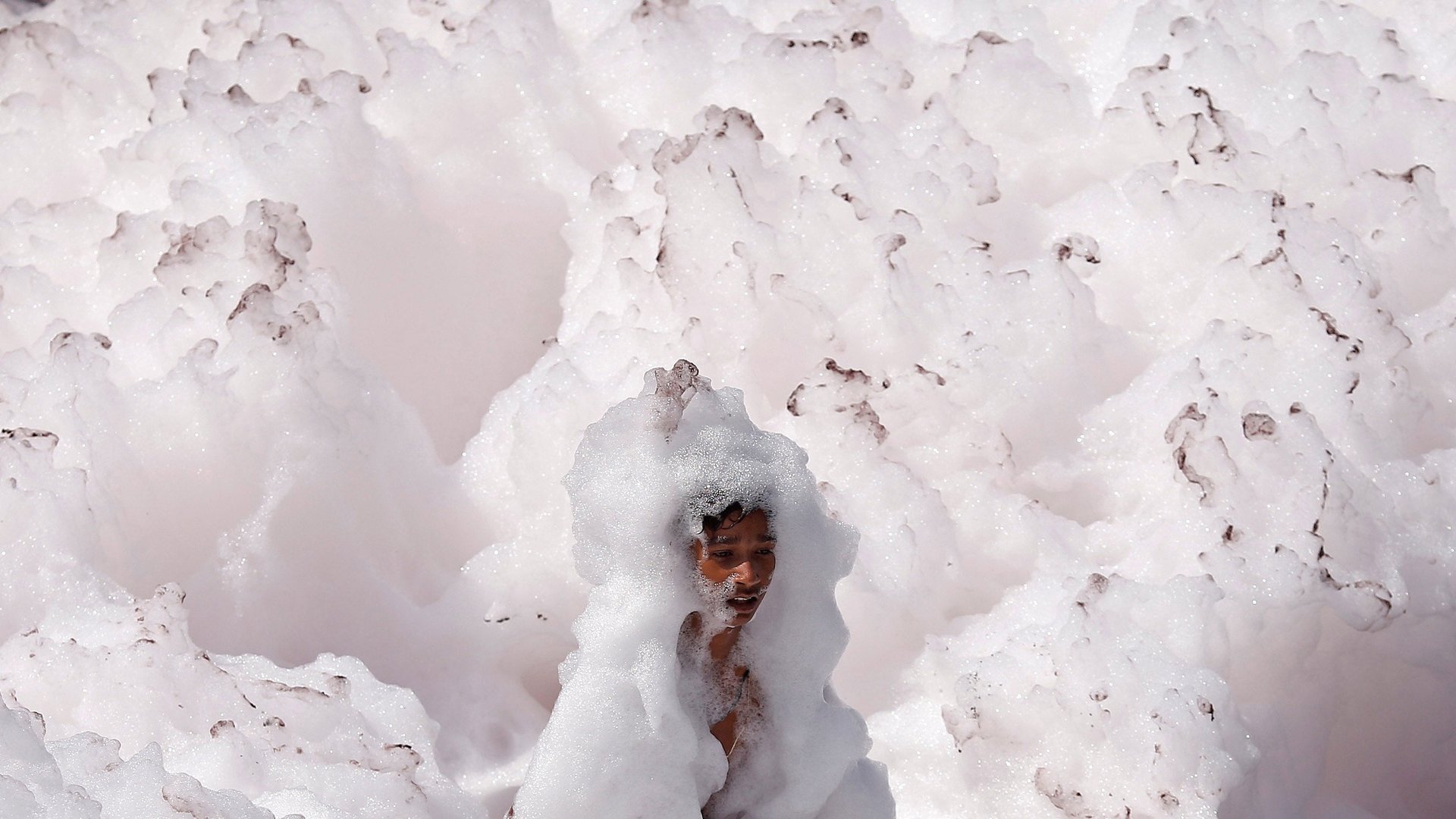The source of the mysterious ozone-killing emissions is confirmed: China
There is often very little good news about the environment. The Montreal Protocol, signed in 1987, is considered an exception.


There is often very little good news about the environment. The Montreal Protocol, signed in 1987, is considered an exception.
The protocol bans the use of chemicals that created a hole in the ozone layer and caused an alarm among environmentalists. The layer made up of ozone gas protects life on Earth from the sun’s harmful ultraviolet radiation. Specifically, the agreement cuts the use of chlorofluorocarbons (CFCs) and related chemicals, which have been widely used as a refrigerant and in the production of insulating foams.
Nearly 30 years later, the ozone layer is healing. But a study published in May in the journal Nature put a dent in the celebrations. It argued that, if all the countries party to the protocol had followed it, monitoring systems shouldn’t be recording any CFC emissions. And that isn’t the case:
Based on observed data, the Nature study predicted the source of these mysterious emissions was somewhere in East Asia. Immediately, the Environmental Investigation Agency (EIA), a London-based charity, got to work.
Today (July 9), the EIA published a report solving the mystery. It finds that Chinese producers—at least 18 companies in 10 provinces—have found ways to dodge legal compliance and continue to use CFC-11 (trichlorofluoromethane). It estimates that majority of the mystery emissions can be explained by China’s use of the banned substance.
Chinese producers told the EIA that they continue to find ways to use CFC-11 because it’s a superior chemical when it comes to creating insulating foams. These foams have been in great demand in China because of the country’s construction boom. CFC-11 is also cheap and easy to make, compared to the legal alternatives.
“The profit margins were very high, the demand was high and the risks were very low,” Avipsa Mahapatr of the EIA told the Guardian. “That enabled these companies to use it so blatantly and is why we think this is so pervasive.”
Not just ozone
The troubling news doesn’t end there. Beyond depleting the ozone layer, CFCs and their legal replacements hydrofluorocarbons (HFCs) are powerful greenhouse gases. Each molecule of the gases has thousands of times more impact in trapping the sun’s heat and warming the planet than carbon dioxide does.
The EIA estimates that China’s CFC emissions from 2012 to 2022, if continued unabated, would total to 148,000 metric tons, which is equivalent to 702 million metric tons of CO2 emissions or 16 large coal-fired power plants running annually for that period.
In 2016, following years of deliberation, the parties that signed the Montreal Protocol adopted the Kigali Amendment. It lays down concrete ways in which countries can also eliminate the use of HFCs, which don’t hurt the ozone layer, but are a group of equally powerful greenhouse gases.
The good news is that the Montreal Protocol is legally binding. That means the United Nations can enforce an investigation into China’s use of the substance, end its use, and perhaps fine China for not enforcing compliance as it had promised.